Yetchatjip (old teahouse) (옛찻집)
7.0Km 2019-12-20
33-1, Insadong-gil, Jongno-gu, Seoul
+82-2-722-5332
Yetchatjip is a famous teahouse that has also been used as a movie filming set. It is a great place to stop by for a cup of natural traditional Korean tea, or the traditional summer treat patbingsu, made with the old way with shaved ice and homemade red bean topping.
Insadong Chatjip (tea house) (인사동찻집)
7.0Km 2019-12-23
33-1, Insadong-gil, Jongno-gu, Seoul
+82-2-723-4909
Insadong Chatjip is a hanok teahouse that serves home-made traditional tea. Even the red beans used in the summer delicacy patbingsu
Musée de l’histoire des finances de Corée (Musée Shinhan) (한국금융사박물관)
7.0Km 2019-03-25
135-5, Sejong-daero, Jung-gu, Seoul-si
+82-2-738-6806
Le musée Shinhan a été crée en février 1997, dans le but d’aider le public à avoir une plus grande compréhension du développement et de l’histoire de l’industrie financière coréenne. Le musée Shinhan est situé aux 3éme et 4éme étages de la banque Shinhan de Gwanghwamun à Jung-gu Taepyeong-ro, sur une surface de 1 320, 93 m². Plus de 3 500 pièces sont exposées détaillant le passé, le présent et le futur de la finance coréenne.
Imun Seolnongtang (이문설농탕)
7.0Km 2022-01-03
38-13, Ujeongguk-ro, Jongno-gu, Seoul
+82-2-733-6526
Imun Seolnongtang has been serving its hearty seolleongtang for over a hundred years since it first opened in 1907. Even its name has a long history: the word imun comes from Imun-gol, the now-obsolete name of the restaurant’s location, and seolnongtang, an old variation of the word seolleongtang. During the Japanese colonial rule, the restaurant’s regular customers included Gijeong Son, the marathon gold-medalist at the 1936 Berlin Olympics. To make the rich seolleongtang broth, beef meat and bones are simmered for more than 15 hours. Try putting rice and minced green onion in your seolleongtang for a warm and tasty experience. Kkakttugi (diced radish kimchi), provided as a side dish, is also delicious.
Insadong Maneul Bossam (인사동마늘보쌈)
7.0Km 2021-03-19
12-5, Insadong 8-gil, Jongno-gu, Seoul
+82-2-735-7885
This is a Korean cuisine located in Insa-dong, Seoul. It is located at Ssamji-gil in Insa-dong. The representative menu is napa wraps with pork and garlic.
Choedaegamne (최대감네)
7.0Km 2020-06-01
12-3, Insadong 8-gil, Jongno-gu, Seoul
+82-2-733-9355
Choedaegamne is a traditional restaurant with a cozy garden and a pond. It is located at the end of the alley next to Inside Plaza. At this famous restaurant located in Insa-dong, a traditional interior is enhanced by the date trees planted in between tables. Various dishes are available such as Ssambapjeongshik with organic vegetables, beef shabu shabu using beef stock and fresh tender galbi (ribs) which are purchased daily.
Mijin (미진)
7.0Km 2020-01-30
19, Jongno, Jongno-gu, Seoul
+82-2-732-1954
Mijin is a restaurant specializing in spicy hot baby octopus and cool buckwheat dishes. Opened
in 1954, the restaurant's 50-year history is a testament to the great taste
of its dishes and the charm of the restaurant.
The main ingredient, buckwheat, is delivered daily from Bongpyeong, the largest
buckwheat producing region in Korea. Baby octopus is also delivered every morning from ports in Yeosu. Families and workers of surrounding companies are major customers of the restaurant, but celebrities and politicians also
come to the restaurant to taste its food. Memilmuk (Buckwheat Jelly) and pancakes
made with buckwheat and green onion are also delicacies of the restaurant.
Parc Naksan (낙산공원)
7.0Km 2020-07-20
35-5, Naksan-gil, Jongno-gu, Seoul-si
+82-2-743-7985
Le parc Naksan tire son nom de sa ressemblance à une bosse de chameau. ‘nakta’signifie chameau en coréen et ‘san’ signifie montagne. Les gens appellent donc ce parc Nakta ou Naksan. Il est situé au sommet d'une colline en granite. C'était un endroit apprécié par la famille royale à l'époque Joseon mais le développement urbain hâtif lors de la période coloniale eut pour résultat la destruction d'une grande partie de la colline. Dans un effort de conservation des espaces verts restants, Naksan fut désigné parc le 10 juin 2002. Situé au centre de Séoul, ce joli parc historique offre à ses visiteurs une vue imprenable sur le centre ville.
Museum Kimchikan (뮤지엄 김치간)
7.0Km 2024-09-27
Seoul, Jongno-gu, Insadong-gil 35-4
+82-2-6002-6456
Le Museum Kimchikan désigne un musée unique dédié au kimchi et au kimjang, et revenant longuement sur les processus de fabrication du kimchi, aliment classé au patrimoine de l'UNESCO. Le musée a aussi été sélectionné par CNN en mars 2015 comme l'un des 11 meilleurs musées autour de la gastronomie.
Institut 'Kimchi Museum' - (풀무원김치박물관)
7.0Km 2019-07-24
35-4, Insadong-gil, Jongno-gu, Seoul-si
+82-2-6002-6456, +82-2-6002-6477
Le musée du Kimchi, fondé en 1986, expose tout ce qui est en rapport avec le Kimchi et sert également de lieu de recherche sur cet aliment typique de la Corée. C’est l’entreprise Pulmuwon Kimchi qui, en 1986, a ouvert ce musée du Kimchi afin de faire connaître cet aliment typique aux coréens comme aux visiteurs étrangers.
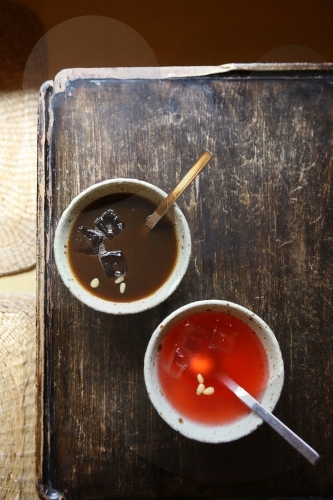
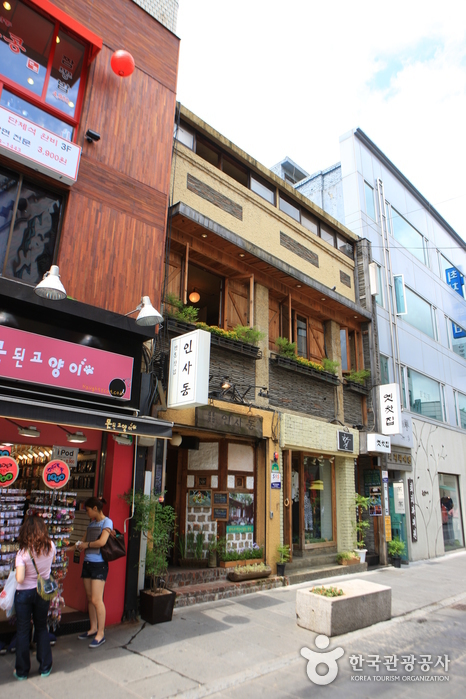
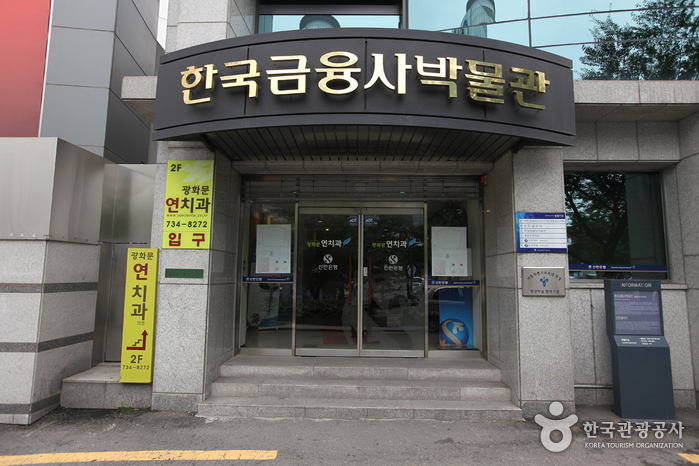

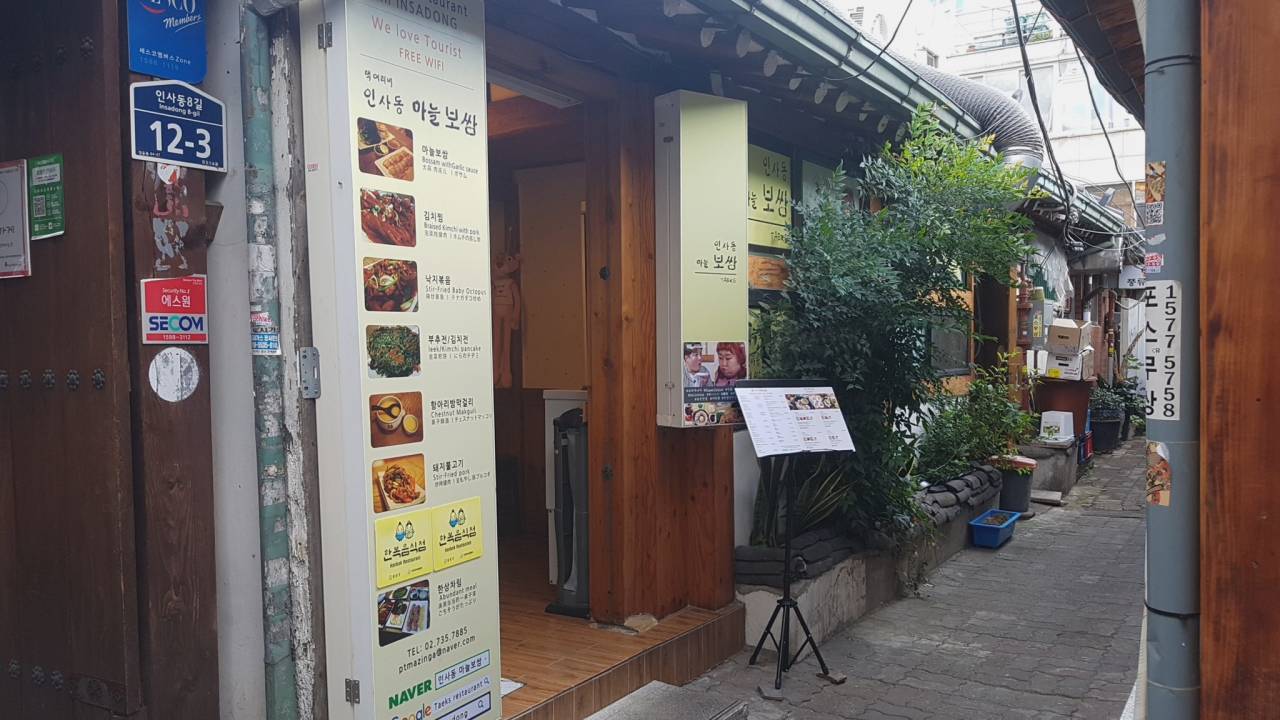
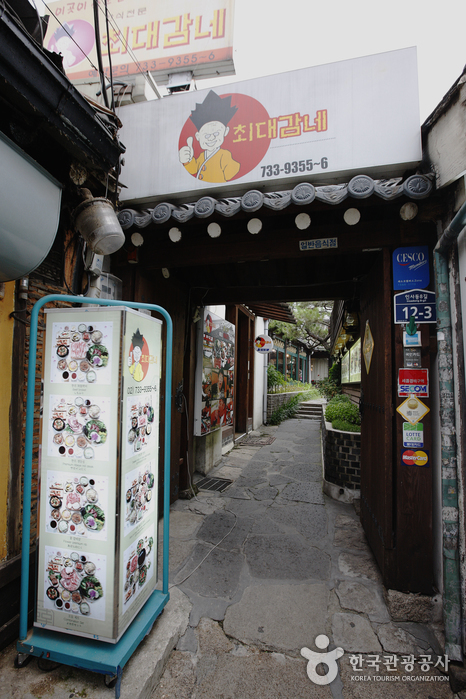
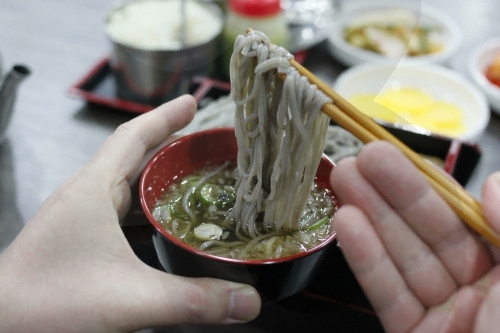
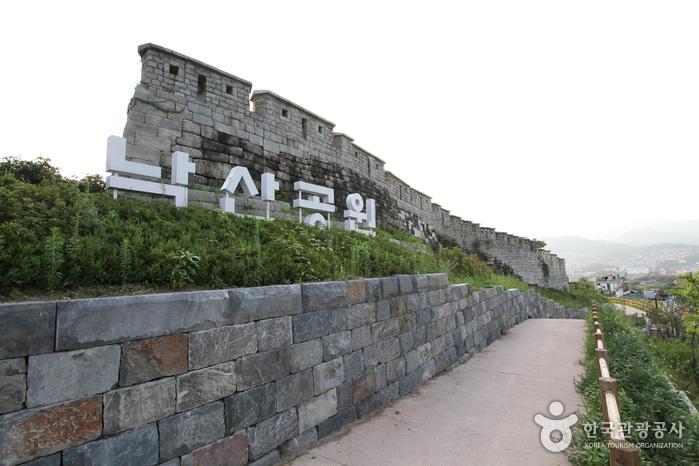
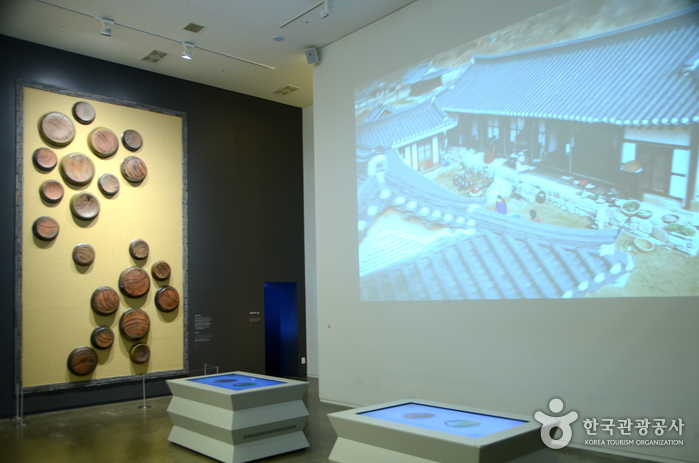
 Français
Français
 한국어
한국어 English
English 日本語
日本語 中文(简体)
中文(简体) Deutsch
Deutsch Español
Español Русский
Русский